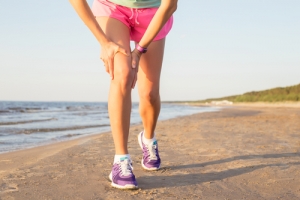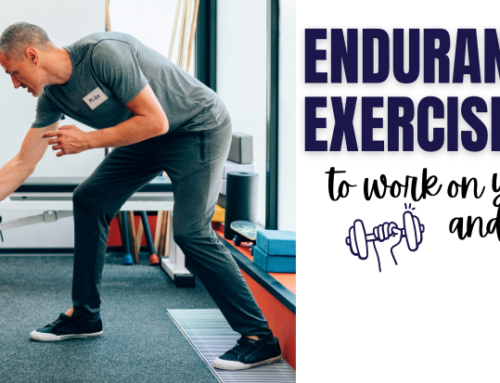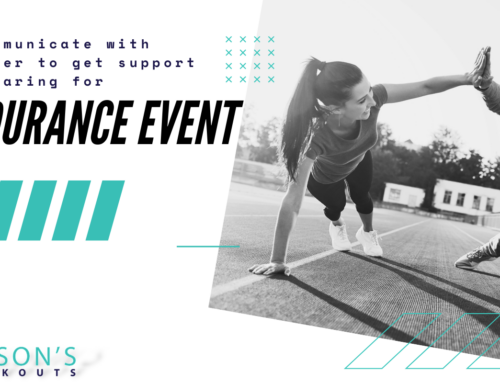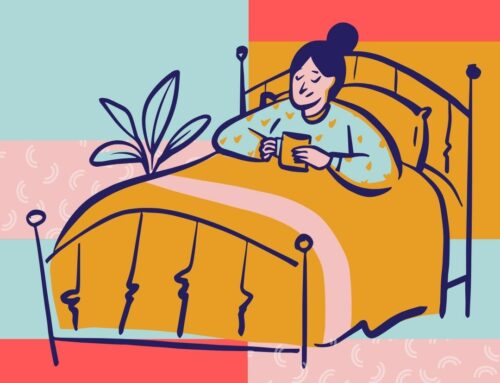A few years ago I had a client who had been previously diagnosed with knee pain. There were some patterns I noticed about her that demonstrated that it isn’t only tissue damage that create pain. There are also other factors that contribute to the pain. In her case there would be two contrasting categories of personal training sessions:
- I’m really busy, my kids are a nightmare, I didn’t get enough sleep, my husband doesn’t do anything to help and I’m rushed off my feet with my business. Oh, and when I do that my knee hurts.
- I slept really well last night, had a great time with the kids and things are going really well with the business (no mention of the husband). And no mention of knee pain.
What is going on here? Pain is the result of information that the brain has gathered from the body. In “Explain Pain” by Butler and Moseley it is explained “The construction of the pain experience of the brain relies on many sensory cues” and “The amount of pain you experience does not necessarily relate to the amount of tissue damage”.
This client is experiencing many sensory cues therefore the following is my interpretation of my client’s experience based on what I have learned on the subject of pain:
Sleep – lack of sleep definitely has an influence on pain levels by increasing inflammation in the body. We know that pain can affect your sleep, but more studies are showing that lack of sleep can affect pain. This illustrates that it is important not only to get sufficient sleep, but also to sleep well.
Stress – There are links between stress and pain. Whether we like it or not, there is a connection between mind and body. What is happening in our minds will have an influence on our bodies. We need some stress to function, however, when it gets too much the messages between the brain and body can be affected. If our brains think we are in danger (created by stress) then it may active pain as a defense mechanism.
Lack of movement – chances are that in these periods of being really busy she has been stuck behind a computer for many hours and been very tense. Motion is lotion and without movement we have a higher risk of having stiffness, niggles and pain. Getting up from your desk and moving around regularly will help as well as regular exercise, walks and doing anything else that gets the body moving.
It is not possible to prevent pain. It is a necessary part of life, it is our bodies telling us we are in danger, but it is good to reflect on when we feel it. Are there patterns? When we see patterns then we can act on them. It is not my job as a personal trainer to treat pain, so I refer to the book “Explain Pain” where Butler and Lorimer recommend such things as “education and understanding” what triggered the pain and to “gradually increase your activities and involvement in life”. This means finding a point where you know pain won’t flare up, and do that on day one for example walk for 3 minutes, then the next day you can walk 3 and a half minutes, next day 4 minutes, and so on like this until you can do more activity without pain.
Author: Lorna Wilson
Like what you see? Then send me a message or e-mail. We can meet up for a chat and find out how I can help you improve your training and help reduce injury risk.
06 460 377 74 / lorna@wilsonsworkouts.nl






[…] A few years back, I went to a course about pain run by Greg Lehman. It was directed more at medical professionals like physiotherapists and osteopaths, but I still managed to pick up a lot of useful information. I share some here in my blogs 3 pain facts, Pain – extra thought and Thoughts on pain. […]